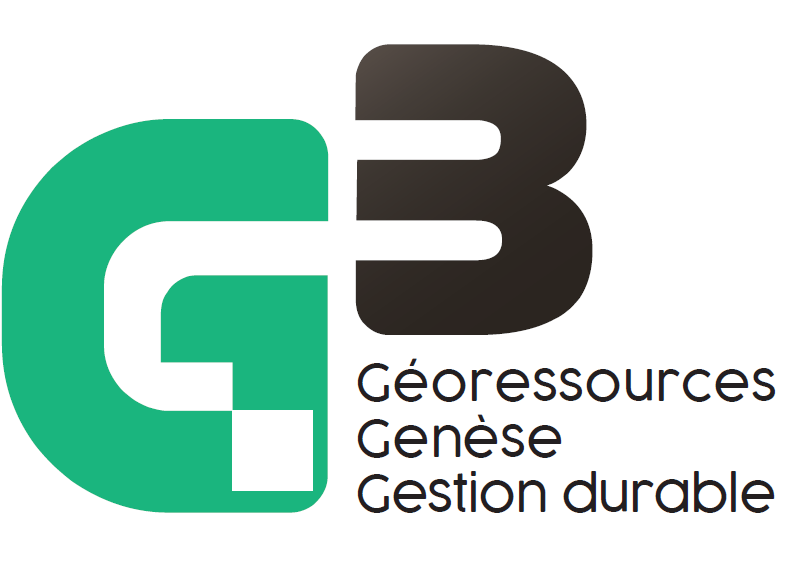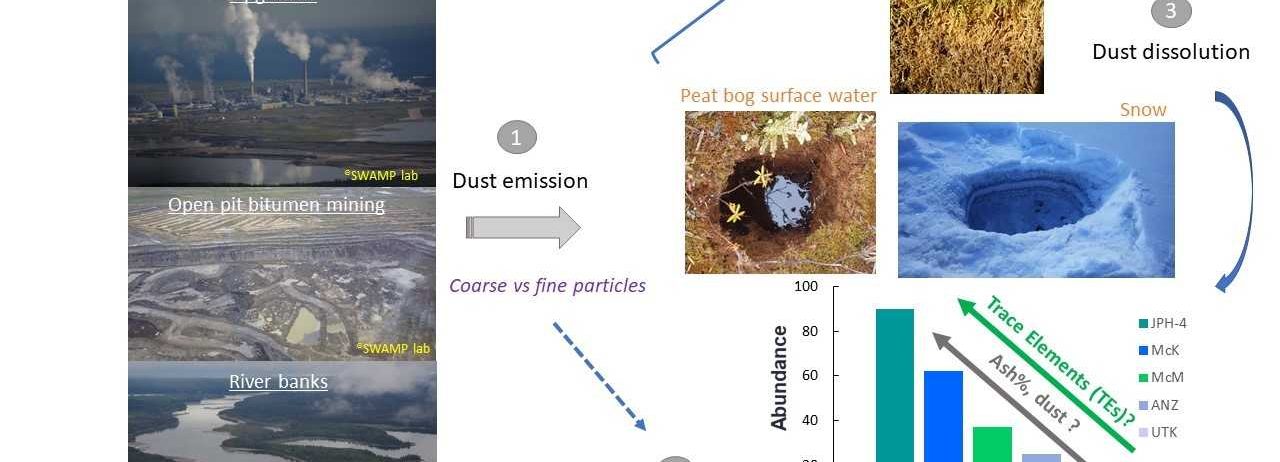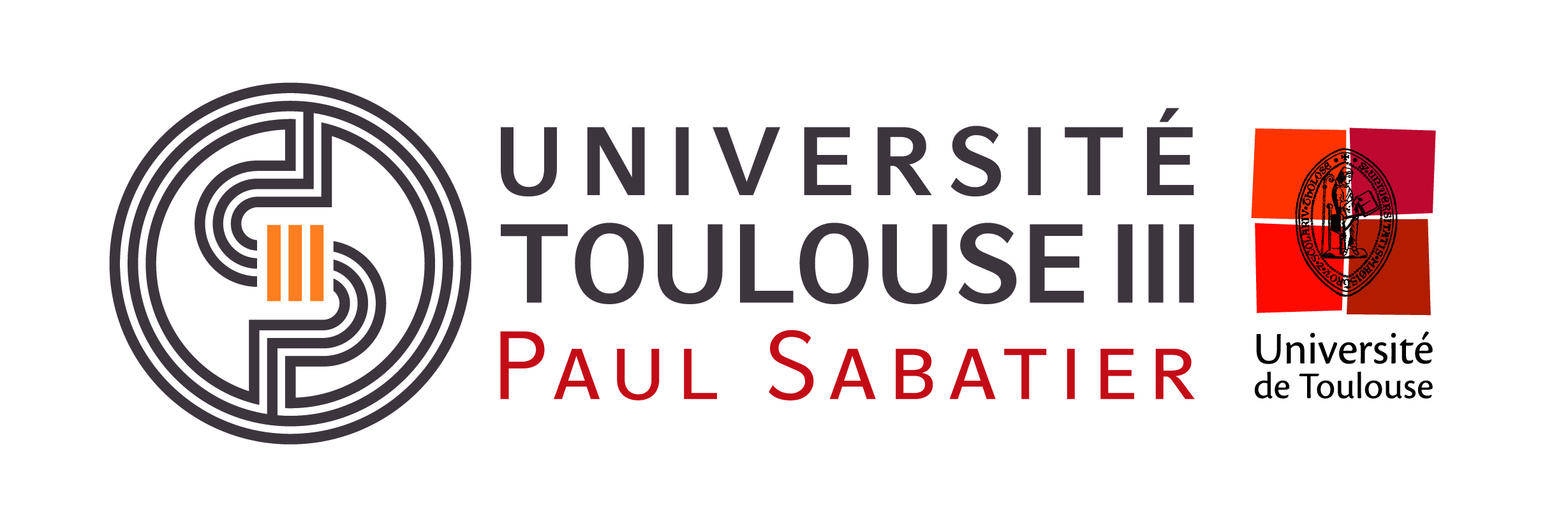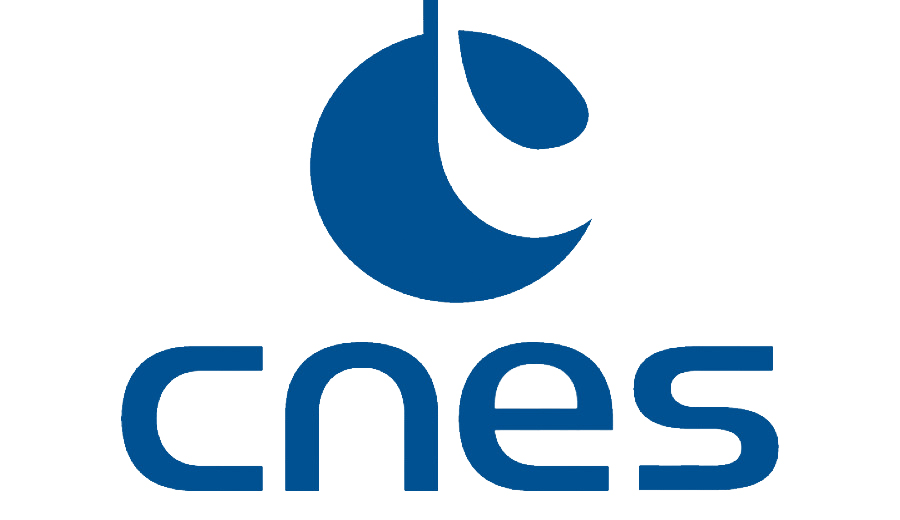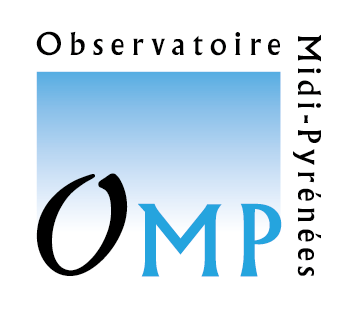Séminaire d’équipe de Fiorella Barraza (Université d’Alberta)
Fiorella Barraza nous présentera ses travaux menés au sein du « Department of Renewable Resources » de l’Université d’Alberta, Edmonton, Canada :
« Characterization of dust particles from bitumen mining in Alberta (Canada) using Sphagnum moss, peat bog waters, and snow« .
En voici le résumé :
Open pit bitumen mining in northern Alberta (ABS) generates considerable volumes of dust. The dusts are derived not only from the mines, but from wind erosion of dry tailings and gravel roads, construction activities, and quarries, in addition to natural sources such as river banks and sand bars. These dusts are dominated by coarse aerosols with short atmospheric residence time, consisting primarily of silicate minerals enriched in lithophile elements such as Al, Fe, and Mn. In contrast, high-temperature industrial processes such as bitumen refining or upgrading yield fine aerosols (< 2 µm) that can be transported for thousands of kilometers. These fine aerosols are respirable and mostly in the forms of oxides and hydroxides rich in trace elements (TEs) such as As, Cd, and Pb, posing a risk to living organisms. Therefore, the main goal of this studya is to clearly distinguish between two sources of heavy metals to the air, using size-resolved analyses of snow and Sphagnum moss from bogs. Indeed, this area contains abundant peatlands, some of which are ombrotrophic bogs that are exclusively fed by atmospheric inputs. Thus, Spagnum mosses and peat bog surface water were collected at 4 sites – JPH4, McK, McM, and ANZ, near the ABS region, as well as at a control site named UTK- and used as biomonitors. Snow samples at different depths(from 0 to 45 cm) were also collected from the same sites and along the Athabasca River. All samples were processed (i.e. melting, leaching, filtration) in the ultra-clean metal-free SWAMP lab (https://swamp.ualberta.ca/), where TE concentrations were determined by ICP-QMS. As a general trend, the concentrations of elements enriched in bitumen (i.e Mo and V) along with some conservative/ lithophile elements (i.e Al and Th) increased toward industry, reflecting increasing dust deposition. However, chalcophile and potentially toxic TEs (i.e Cd and Pb) exhibited either insignificant differences with respect to the distance from mines and upgraders, or were more abundant at the control site, located 264 km to the southwest. Join Fiorella, from the SWAMP lab team, in this journey through the Canadian boreal bogs to discover more interesting, and sometimes puzzling, findings.
The Metals vs Minerals project is supported by COSIA (Canada Oil Sands Innovation Alliance) and NSERC (Natural Sciences and Engineering Research Council of Canada). For more information, please contact the PI Prof. William Shotyk: shotyk@ualberta.ca
